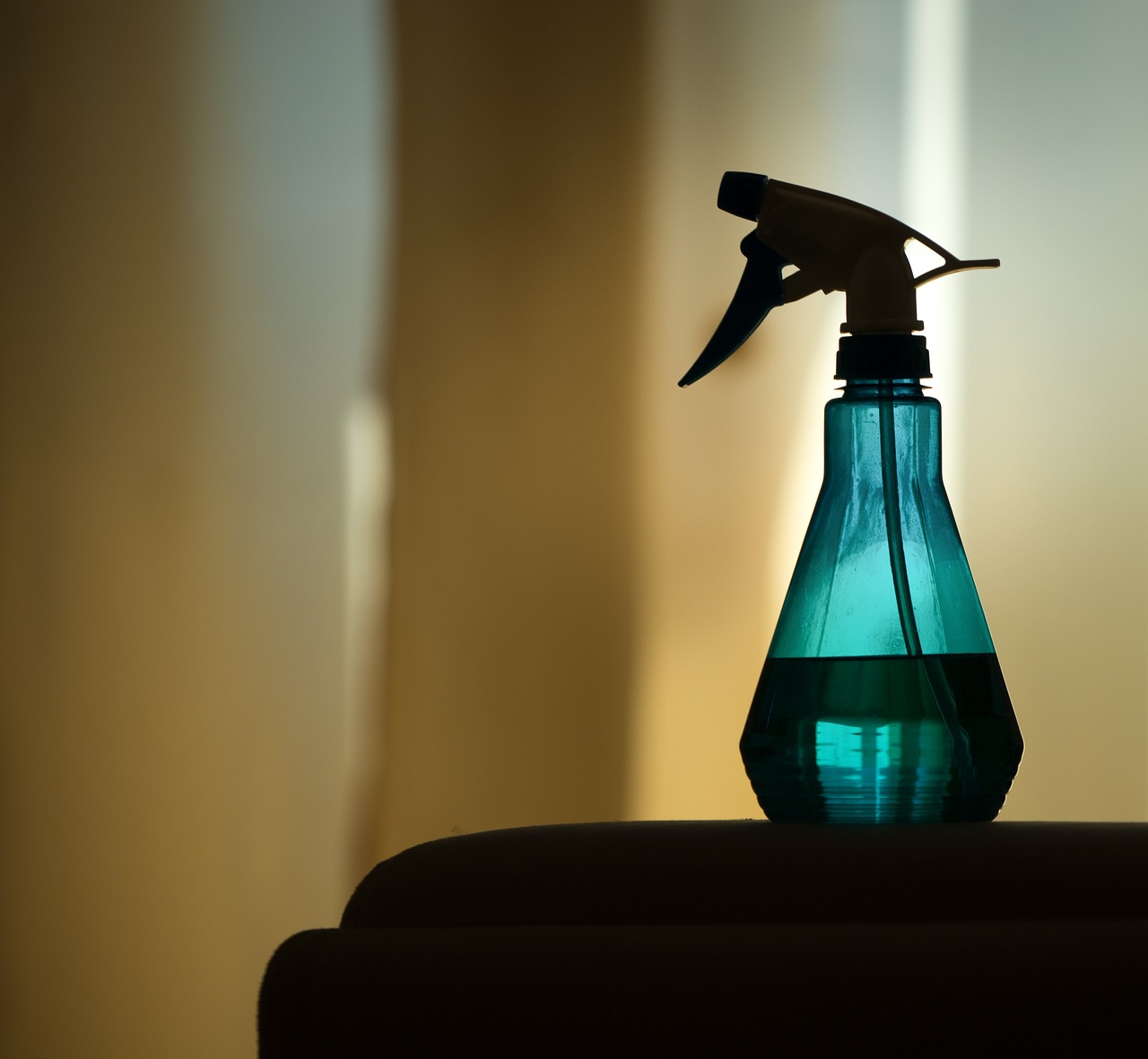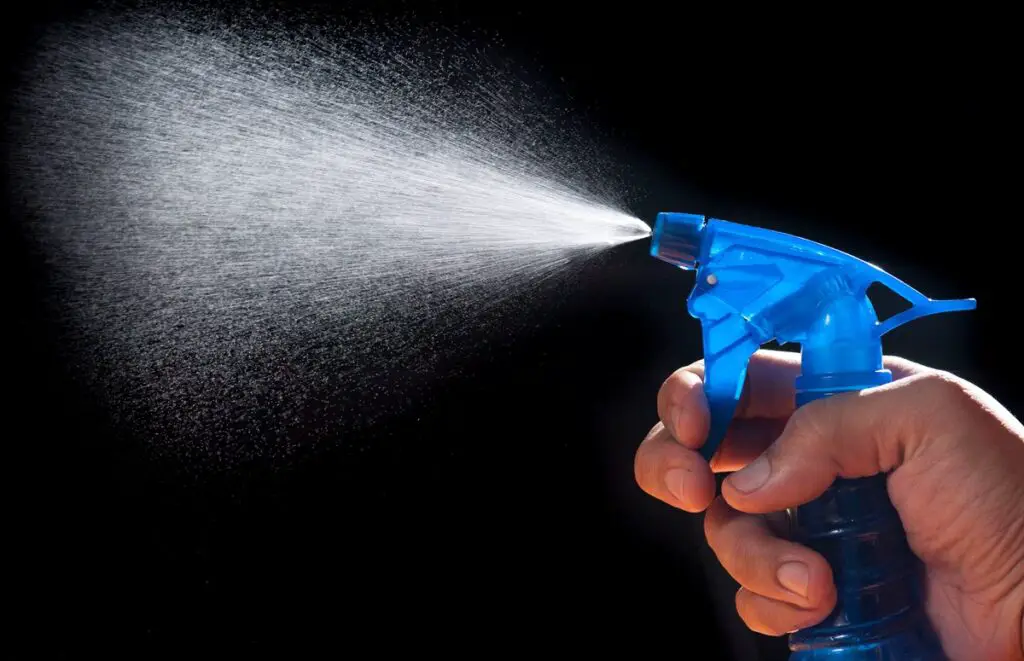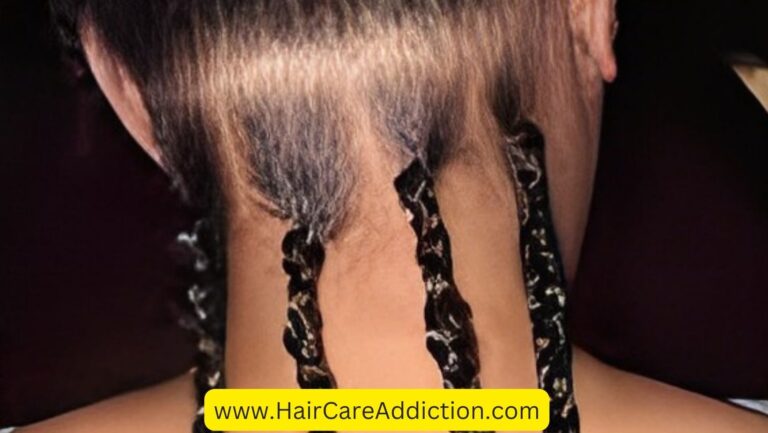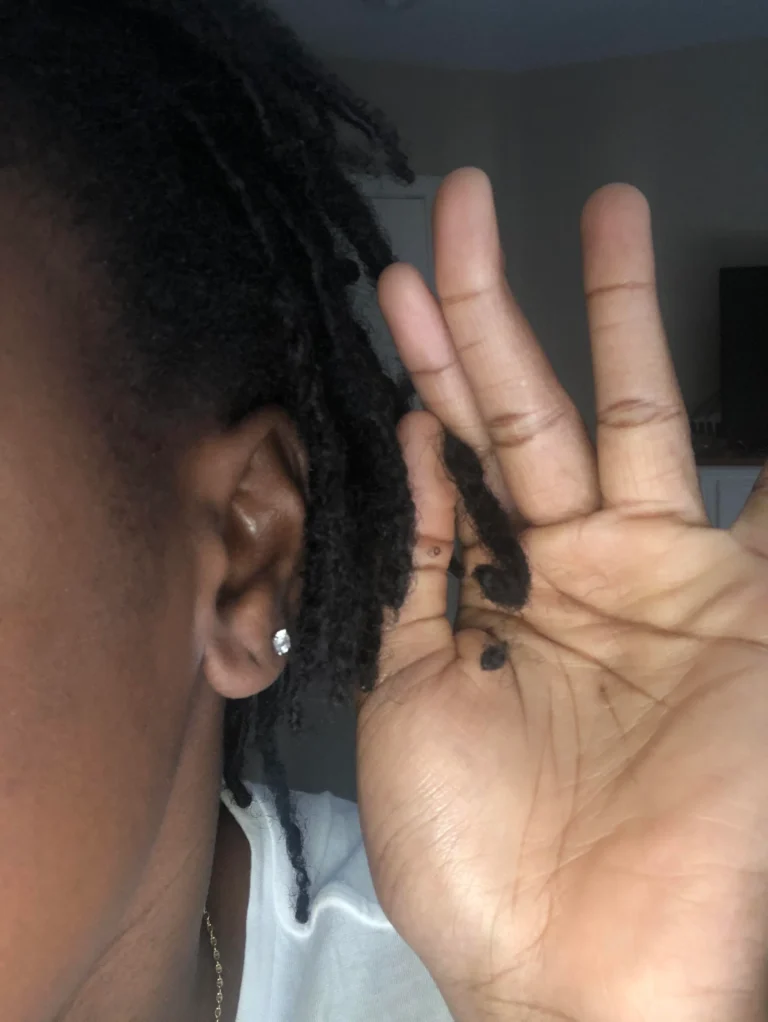Should You Spray Water On Locs?

You need to moisturize dreadlocks to keep them healthy and well-defined.
While many people believe that applying oil and products directly to the locs is the best way to keep them moisturized, using water can also play an important role in maintaining their health.
But should you put water on locs everyday? How much water should you spray? Keep reading to find the answer.
Should you spray water on locs?
Spraying water on your locs is a good way to moisturize and hydrate them, especially for starter locs and dreads.
Hair and scalp can become dry, which can lead to itching and breakage. Applying oil to your locs is one way to keep them moisturized, but spraying water can also help.
You can put water in a spray bottle and use it every day, especially if you live in a dry climate. This will help to keep your locs healthy and hydrated.
Why spray water on locs?
You should consider spraying water on locs
- To hydrate and moisturize the hair.
- To maintain the health and appearance of the locs.
- To distribute oil and other products throughout the hair.
- Revive a loc that has become dry or stiff.
- To prevent breakage, tangling, and other issues that may arise from neglecting the hair.
- And, it is easy and less time-consuming.
How often should you spray water?

It depends on personal preference and the health of your hair.
Generally, it is recommended to spray water on locs as often as needed to keep them hydrated and moisturized. Some people may need to spray water on their locs daily, while others may only need to do so once or twice a week.
It’s important to remember that over-saturating your locs with water can lead to buildup and cause them to become brittle, so it’s best to use water sparingly and monitor your hair’s health.
Using only water for loc moisturization
Moisturizing locs with water can be a simple and effective way to keep them hydrated.
Water helps to replenish the moisture that can be lost from the loc due to various environmental factors such as heat, wind, and air conditioning.
However, it’s important to note that water alone may not be enough to fully moisturize and maintain the health of locs, especially in extremely dry conditions.
In these cases, it may be necessary to supplement with a light oil or leave-in conditioner to provide additional hydration and nourishment.
Rose water for locs (Benefits)
Rose water is gentle and has a light, fresh scent that can be used to moisturize and hydrate locs.
Furthermore, rose water contains antioxidants and can help to soothe and calm the scalp.
However, it is important to use high-quality, pure rose water and not one that is heavily scented or contains additional ingredients that could be harmful to the hair.
Spray a small amount of rose water on the locs, focusing on the ends and avoiding the roots, and then gently massage it in to distribute the moisture evenly.
Can you run water on loc
Yes, you can and should run water on your locs. Keeping your locs clean is a fundamental part of maintaining their health and vitality. Washing them regularly can help remove build-up of natural oils, sweat, and any products you may use.
However, when washing your locs, it’s important to use a residue-free shampoo to prevent product build-up within the locs themselves. Saturate your locs with water, apply shampoo to your scalp, and massage gently. Allow the water and shampoo to run through your locs without scrubbing them directly. This prevents tangling and helps to keep the locs intact.
Moreover, it’s crucial to thoroughly rinse your locs to ensure no shampoo or other product is left behind. Any residual product can lead to build-up, which can cause issues like unpleasant smells or slowed hair growth.
After washing, ensure your locs are dried properly. Wet locs can be heavy, and prolonged dampness can lead to mildew growth. Use a microfiber towel to squeeze out excess water and let them air dry or use a blow dryer on a cool setting.
Routine Care for Starter Loc
Embarking on the journey to cultivating dreadlocks, or ‘locs’, is an exciting adventure that allows for a unique expression of individuality.
However, to ensure your starter locs develop beautifully, it’s crucial to have a dedicated routine care plan. Here’s an in-depth guide on how to care for your starter locs:
Choose the Right Starter Loc Method:Your hair type, lifestyle, and personal preference will determine the best method for starting your locs. Techniques like the comb coil method, two-strand twists, and palm rolling are popular for starting locs. Consult with a professional loctician for advice tailored to your specific needs.
Maintain Clean Hair:Clean hair and a healthy scalp are the foundation for thriving locs. Initially, it’s recommended to wash your starter locs every 1-2 weeks with a residue-free shampoo. Be gentle to prevent unraveling; focusing the shampoo on your scalp, and let the suds run down the length of your locs.
Dry Your Locs Properly:After washing, squeeze out excess water with a microfiber towel or an old t-shirt to prevent frizz. Avoid rubbing, as this can cause your starter locs to unravel. Allow your locs to dry thoroughly, as damp locs can develop a moldy smell. Use a hooded dryer or blow-dry on a cool setting if needed.
Regular Retwisting: Retwisting is an important part of maintaining your starter locs. However, avoid over-twisting as it can lead to thinning and breakage. Aim to retwist your locs every 3-4 weeks, or when you see about an inch of new growth.
Hydrate Your Hair:Hydration is crucial for the health of your locs. Regularly spritz your hair with water, aloe vera juice, or a leave-in conditioner. Seal in moisture with oils like jojoba, castor, or coconut oil, focusing on the roots and scalp.
Nighttime Care:Protect your locs at night by covering them with a satin bonnet or sleeping on a satin pillowcase. This reduces friction and frizz, helping to maintain the integrity of your starter locs.
Healthy Diet and Lifestyle:The health of your hair is a reflection of your overall health. Maintain a balanced diet rich in vitamins, minerals, and hydration. Regular exercise also contributes to a healthy scalp and hair.
Avoid Over-styling:While there are many styles you can experiment with, be cautious not to overdo it with your starter locs. Over-styling or pulling too tight can cause stress to your hair and lead to breakage.
Patience is Key:Cultivating locs is a journey that requires patience. It will take time for your starter locs to fully mature – typically anywhere from 6 months to a year, sometimes longer. Each stage of the loc’ing process is unique, and your hair will change and evolve over time.
Caring for starter locs involves cleanliness, hydration, gentle handling, and a good deal of patience. Although the journey can be long and sometimes challenging, the result of well-kept, healthy dreadlocks is absolutely worth the dedication.
Remember, everyone’s hair is different; it’s all about finding what works best for you and embracing your unique journey.






